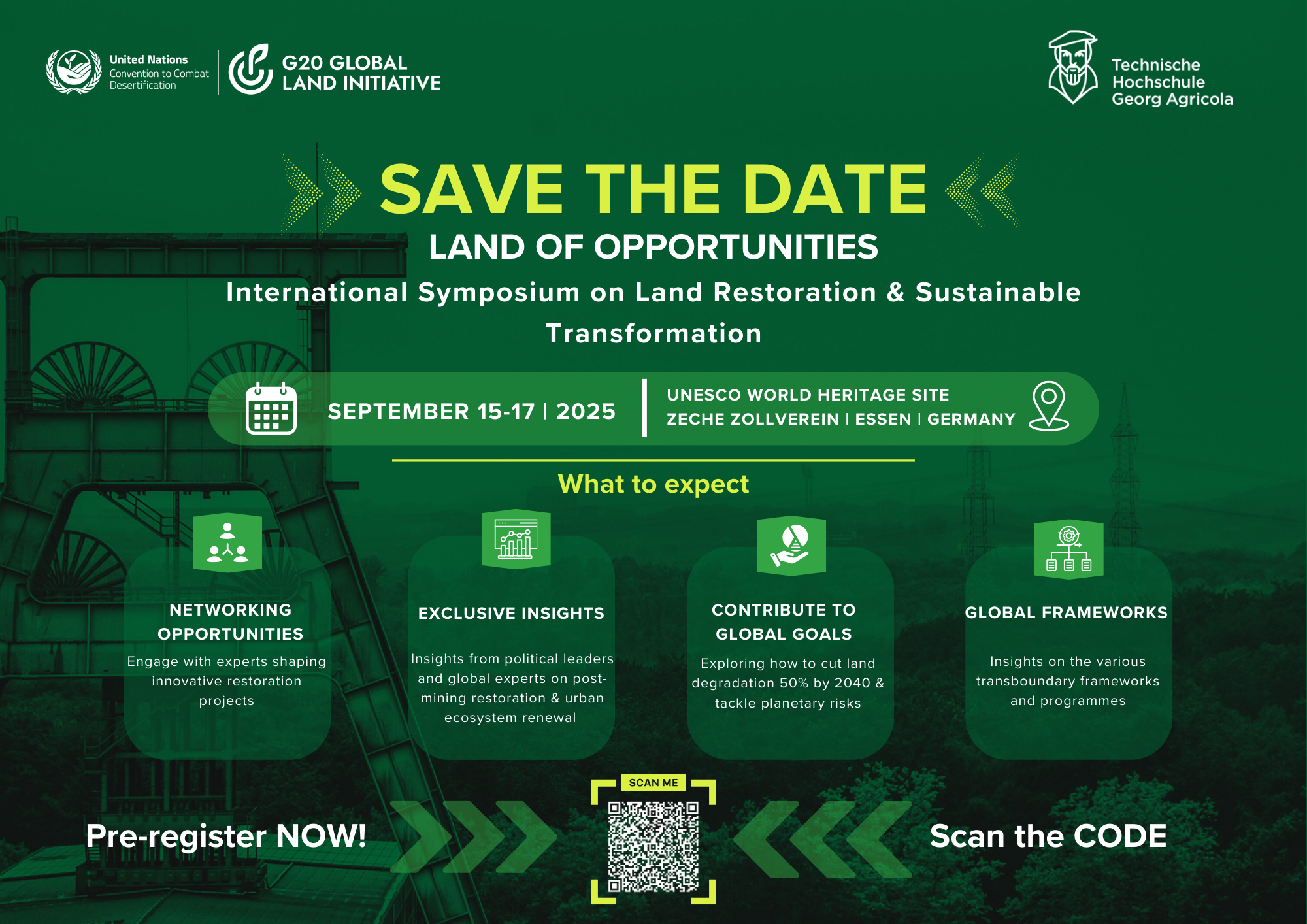Many technology solutions to restore land and for climate action will be unveiled at the Dubai Climate Change Conference

There is a global commitment to restore 1 billion hectares of land by 2030, in response to growing environmental concerns, such as deforestation and soil damage. Not only is progress slower than needed, we are losing 100 million hectares of land every year, in addition.
In today’s tech-savvy world, technology can be an ally in addressing pressing global challenges, such as land restoration and climate change mitigation. The global demand for practical solutions, especially by developing countries, was most apparent after the launch last year of the first edition of the Green Technology Book (GTB).
This digital-first publication by the World Intellectual Property Organization (WIPO) and the Climate Technology Centre & Network (CTCN) was viewed by over half a million visitors and downloaded 14,000 times.
Technology can make a world of difference in speeding up land restoration and climate action. This gap between commitment and action is where innovation and technology shine. But often, the most critical actors unaware the technologies exist: from land users and potential investors all the way up to ministers of finance, economic, development and labor.
United Nations organizations, along with key partners, are working to make climate solutions accessible through innovative tech. From lab development to market adoption and on-the-ground use, the goal is to bring about real change, both within countries and through international collaboration.
GTB is gearing up for the release of its second edition on 6 December at the Climate Conference in Dubai at an event co-hosted by the publishers and the G20 Global Land Initiative in the Land & Drought Resilience Pavilion.
The new edition focuses on mitigation solutions, and is a treasure trove of practical solutions to combat climate change and land degradation. It shines a light on technologies in agriculture, cities and industry. It also shares valuable insights that empower countries, industries and governments to take action against climate change. The book is a testament to how technology can help us tackle complex challenges.
The publication will be a valuable resource for policymakers, industries and governments looking to use modern technology to combat climate change and land degradation. But perhaps it’s greatest benefactors are visionary finance, economic, development and labor ministers, who grasp the economic potential of technology in unlocking new green economies and industries such as land restoration.








